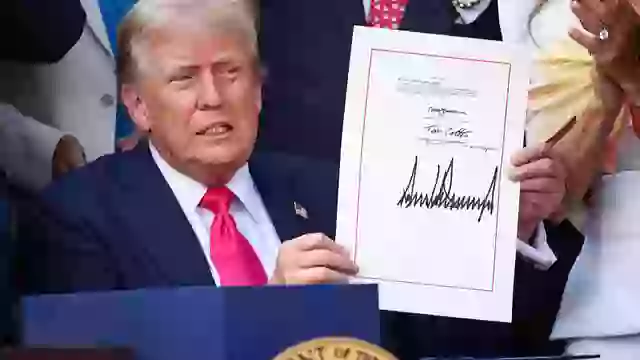
Trump’s Letter to Japan Criticized for “Fifth Grader” Style Writing
Donald Trump’s recent letter to Japanese Prime Minister Shigeru Ishiba, announcing new 25% tariffs on Japanese goods, has drawn sharp criticism for its tone and style. Many have compared the letter’s language and formatting to something written by a primary school student, specifically around the fifth-grade level — roughly equivalent to Year Six in the UK.
The letter’s overuse of capital letters for terms like TRADE, Trade Deficit, and Tariff struck readers as shouting from the page, making it appear unprofessional and cluttered. One Twitter user sarcastically noted, “This was written today by the President of the United States, not a 5th grader. Incredible.”
Critics pointed out numerous grammatical errors and an overall simplicity that “would not pass a first-year English class.” Others argued it was “painful to read” and expressed frustration at the confusing content and excessive capitalizations. Some even defended fifth graders, saying they shouldn’t be compared to Trump’s literacy level.
This isn’t the first time Trump’s communication has been described this way. Analyses during the 2024 election found his speeches hovered around a fifth- to sixth-grade reading level, the average for Americans, but many expect formal diplomatic letters to be more polished.
This was written today by the President of the United States, not a 5th grader.
Incredible. pic.twitter.com/nZPzXyvig7
— Jay in Kyiv (@JayinKyiv) July 7, 2025
Excerpt from Trump’s letter:
“It is a Great Honor for me to send you this letter in that it demonstrates the strength and commitment of our Trading Relationship… We will charge Japan a Tariff of only 25% on any and all Japanese products… If for any reason you decide to raise your Tariffs, then… will be added onto the 25% that we charge. This Deficit is a major threat to our Economy and, indeed, our National Security!”
The letter’s blunt tone and formatting have reignited debates over Trump’s communication style on the international stage.

